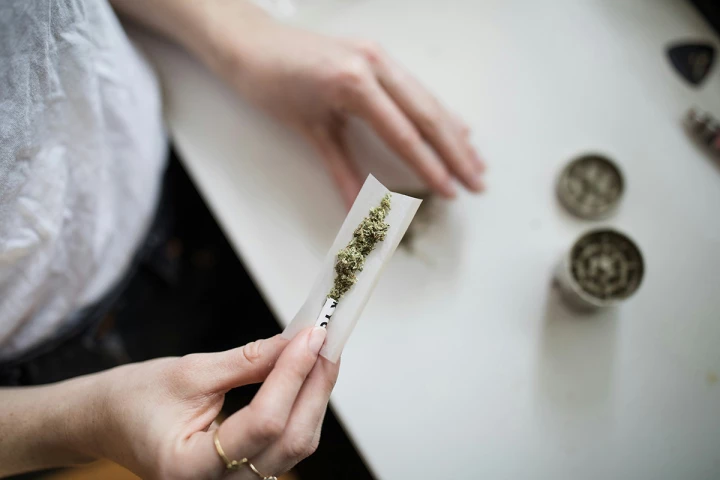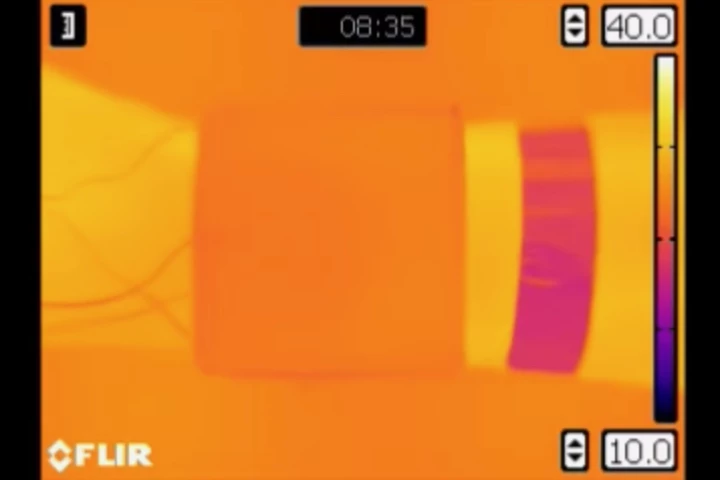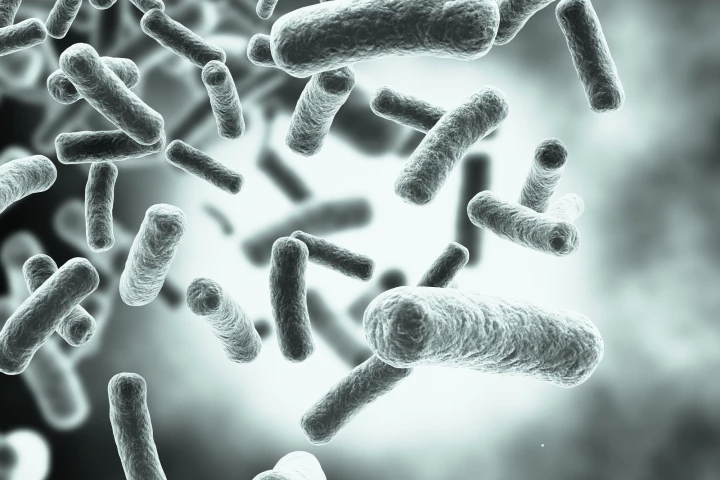UCSD
-
Researchers have identified specific regions of the human genome connected to cannabis use, which means the propensity to get addicted to weed may be encoded in our DNA.
-
It’s not often that space throws something entirely new at you, but in 2019 astronomers discovered a completely unknown phenomenon they called odd radio circles (ORCs). Now, more data may have revealed just how these rare objects form.
-
Scientists have demonstrated an intriguing new variation on the CRISPR gene-editing system, which involves fixing a mutation on one chromosome by copying a healthy version from the other. “Nicking” the DNA also seemed to work better than cutting it.
-
Like weeds that grow back if you don’t remove the roots, cancer can keep returning thanks to stem cells. A new “designer” DNA molecule eradicates these cancer stem cells, with tests in mice showing promising early results in preventing relapse.
-
One of the main proposed uses for legged robots is the exploration of disaster sites. In order to walk across all that rubble, though, they would definitely need to be sure-footed – which is where new coffee-filled robot feet are designed to come in.
-
Vitamin C supports the immune system, plays a key role in wound healing, and may even aid in recovery from COVID-19. So, how do you do know if you're getting enough of it? Well, a wearable sweat-analyzing sensor could soon tell you.
-
Although 3D printers can produce a wide variety of objects, the size of each item is limited by the size of the printer. Scientists have now developed a way of getting around that limitation, using a resin that expands when heated.
-
Corals serve as a host to algae, which produces sugars that the corals consume. Now, scientists have 3D-printed coral that's even more algae-friendly than its natural equivalent – it could help limit coral bleaching, and provide a source of biofuel.
-
Soft-bodied robots have numerous desirable qualities, such as the ability to squeeze through gaps. And so far, they've typically been manually assembled on a one-off basis. That could be about to change, though, thanks to a new manufacturing method.
-
While we've already seen materials that allow people or objects to hide from heat-detecting cameras, they're typically only effective at one ambient temperature. An experimental new material, however, can be user-adjusted to work over a wide range.
-
For people afflicted with multiple sclerosis (MS), it can be difficult to quantify how their condition fluctuates over short periods of time. According to a new study, though, an existing device is able to detect subtle changes that might be missed.
-
Creative new treatments for superbugs are sorely needed, and now researchers at UCSD have developed a concept that’s just crazy enough to work – self-propelling “microvehicles” that lure bacteria into a trap, then kill them.
Load More











